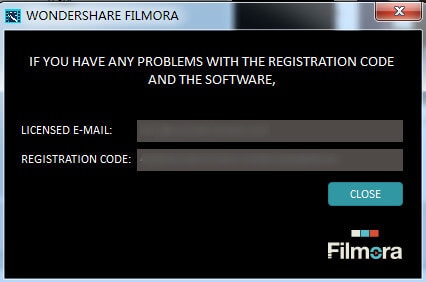
When you get it back to "zero" the organ will have the new registration.Crescendo Music Notation v6.25 Cracked By Abo jamal When you have completed making the registration change, begin backing off on the crescendo. While at full organ, find the time to re-register the physical stops - you will likely not hear these changes because of the engagement of the crescendo pedal. As you ply, use the crescendo to get loud and full. In fact, one of the neatest "tricks" of the trade is using the crescendo pedal to mask registration changes during performance: In this way, you can create a registration by hand or piston, use the crescendo to get louder for a while, and the back off to retain the original registration. However, I am definitely in the camp that believes the crescendo should be blind, causing no movement of the physical stops. There has been some debate among Hautwerkians about the merit of the traditional "blind" crescendo pedal versus one in which the physical stops move when the pedal is depressed. I usually do not include couplers in the sequence - but this is a matter of taste. I then add lighter reads, 16', and then the big reads.

I start with flues only, and only 8' pitches on the manuals. I program my own crescendo pedals to begin with the quietest stops - but still in balance between the divisions - and gradually increase in volume. Despite this, I usually only add stops - since this is how traditional mechanical pipe organ crescendo pedals (and rollers) work. Modern crescendo pedals (including those I have created within Hauptwerk) have the ability to both add and subtract stops as the pedal is increased. This is great advise to programming your own sequence. In other words, ignore the stops and couplers, put the crescendo at any point, and you can play reasonably well. Usually, the crescendo pedal is programmed so that, if you leave all the physical stops and couplers "off", there is a reasonable and balanced registration available at every stage in its sequence. In fact, I recall a rather prominent Los Angeles area organist advising me to use the crescendo pedal at his church for most registration changes when I substituted for him for a few weeks once a very long time ago! This is not how I was taught to use the crescendo - especially on concert organs. I have visited several theater organ installations where the crescendo pedal affects only the great and pedal - and is almost always used as a substitute for a "sforzando piston", bring on a full organ effect.

However, it can be a very useful tool in many aspects of performance.

With todays consoles sporting dozens of pistons and hundreds of memory levels, the crescendo pedal is often overlooked or ignored.


 0 kommentar(er)
0 kommentar(er)
